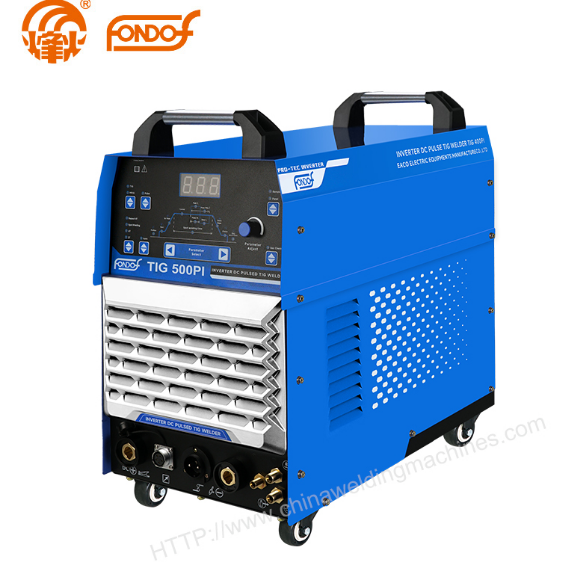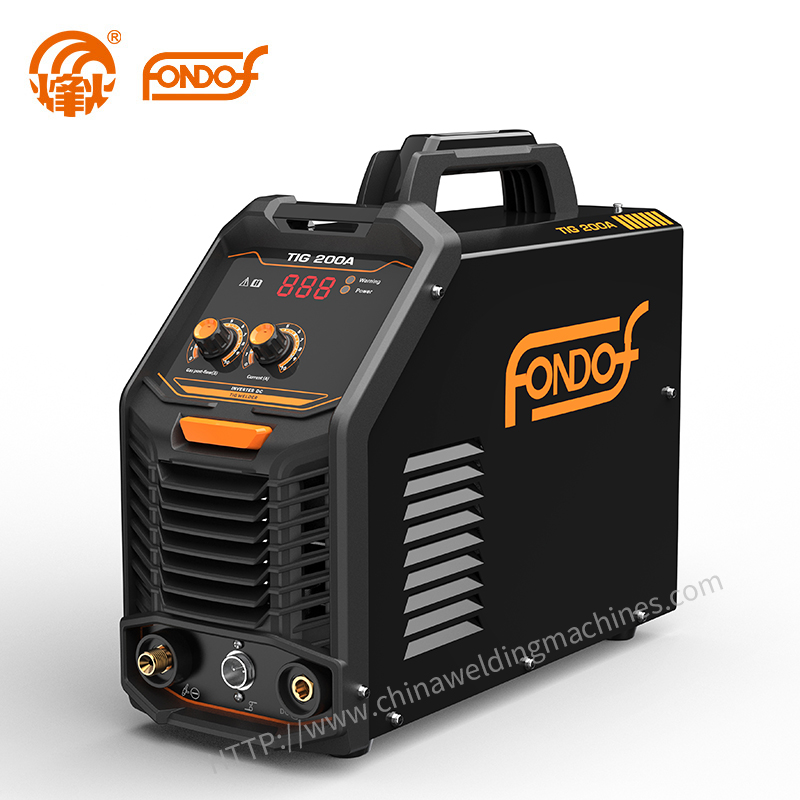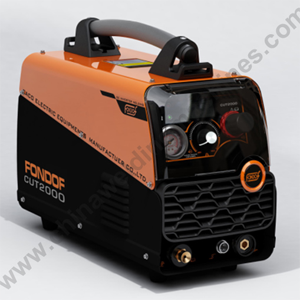What to Look for in a Pulse MIG Welder?
 Mar. 21, 2024
Mar. 21, 2024
Pulse MIG welding can unlock numerous opportunities for your workshop or fabrication business, enhancing productivity along the way. However, pulse technology is more intricate and expensive compared to conventional MIG welding. Therefore, selecting the right machine is crucial to ensure optimal results and a solid return on investment over time. Here are a few key points to consider:
Single-Pulse or Double-Pulse?
Double-pulse welding elevates the advantages of single pulse, such as weld quality and finish, to a higher level. Not all pulse MIG machines offer a double-pulse mode. Single pulse can be viewed as an "entry-level" option for those learning or experimenting with pulse MIG welder, often featuring fewer features and adjustments. However, many operators nowadays prefer double pulse. It's essential to review the machine specifications to understand what features you're getting.
Track Record: It's undeniable that many welder manufacturers have attempted to develop a fully functional and dependable Pulse MIG machine, only to fall short. As the saying goes, "nothing beats experience", and this rings especially true for pulse welding. Therefore, our top recommendation is to select a proven machine from a reputable and well-established manufacturer.
Simple vs Complex: Pulse welding demands more precision compared to conventional MIG welding. Often, minor factors such as a slightly loose connection or an incorrect setting can determine whether you achieve a satisfactory result or waste time in frustration. While it's tempting to be impressed by numerous features and options, it's important to remember that these can also increase the chances of errors. The most dependable and user-friendly pulse machines are typically those with a relatively simple design focused primarily on pulse MIG functionality.
Controls: Unfortunately, it's all too common to encounter operators who were attracted by the advantages of pulse welding, only to find their machine difficult, confusing, and time-consuming to learn and operate. Conversely, intuitive and easy-to-follow controls will optimize your welding time, minimize downtime, and simplify the training process for new operators.
Single Phase? As mentioned earlier in this article, developing a single-phase Pulse MIG that performs well is a considerable challenge. Once again, opt for a reputable and experienced manufacturer, and be cautious of single-phase pulse machines that are overloaded with additional functions unrelated to pulse MIG welding.
Wire Feed System: In pulse welding, maintaining 100% consistent and reliable wire feeding is crucial. Reputable drive systems are frequently manufactured by specialists who supply this componentry to welding machine manufacturers. Therefore, it's worthwhile to delve into the details regarding the origin of the drive system and its track record. While robust build is important, other less apparent factors are equally critical, such as whether the system operates purely mechanically or if it electronically synchronizes with other machine controls.
Push-Pull Ready? Once you become proficient in pulse welding, you'll likely want to increase your usage of it. A push-pull torch (typically 8m long) is an excellent way to extend the reach and portability of your machine, especially when welding aluminum, where using conventional torches longer than 3m can be problematic. In the case of push-pull torches, both the torch 'pull' motor and the machine 'push' motor must be synchronized, which means that the torch and the machine need to be compatible with each other. With this in mind, not only do you want a machine that is "push-pull ready," but you also want to ensure that: a) there's a push-pull torch available specifically to suit the machine you're considering, and b) the torch is a tried-and-tested quality design from an experienced manufacturer to guarantee reliability and value from your investment.
What is Double-Pulse MIG ?
Also referred to as dual-pulse or pulse-on-pulse (PoP), this feature introduces an extra pulse 'wave' where the current alternates between the main current level and a secondary current level. This enhances the advantages of single-pulse welding, offering superior thermal control, weld quality, and appearance.
Single-Phase vs Three-Phase Pulse MIGs
If you have easy access to a 3-phase power supply, opting for a 3-phase machine often makes sense due to its higher output and capacity. However, if this isn't available or if you prefer the portability of single-phase, there are several factors to consider.
There's a notable reason why there are fewer options on the market for single-phase (230/240V) pulse MIG machines. These pose a particularly challenging task for welder manufacturers. Pulse welding is inherently more complex, involving multiple current levels (start, base, peak, secondary, and end current), all of which must be accommodated within the limited input and output power range of single phase. This complexity makes it difficult to develop a machine that performs optimally, and it also affects the capacity or maximum thickness that a single-phase pulse MIG can weld.





























